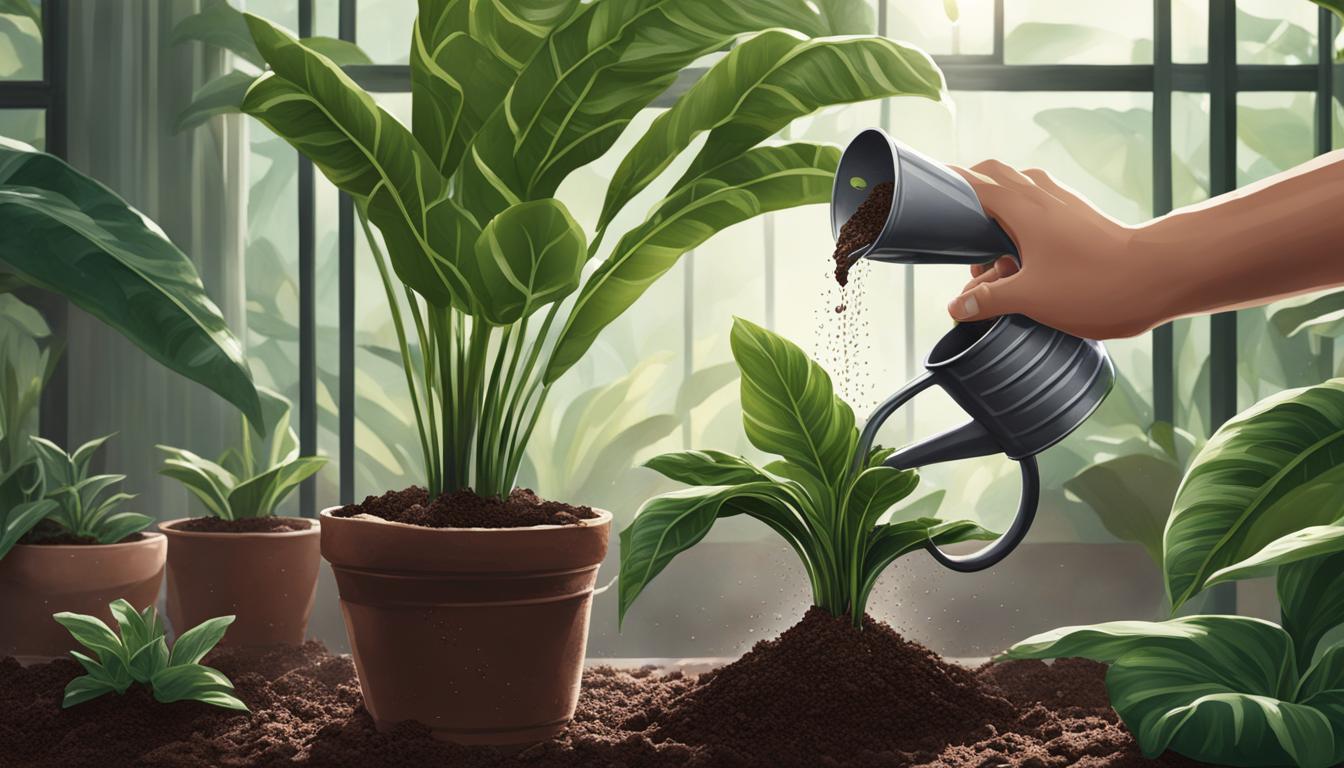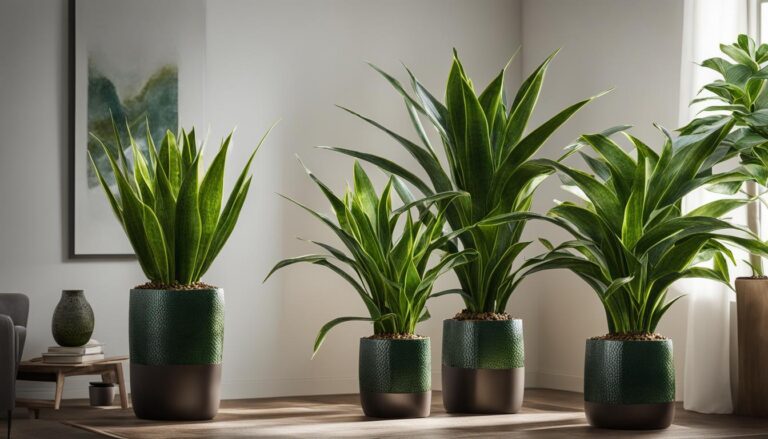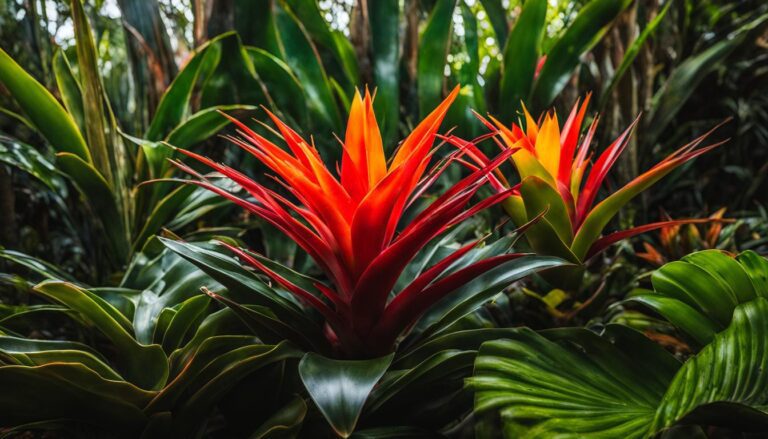
Calathea plants are a favorite among indoor plant enthusiasts for their unique appearances and characteristics. With several species to choose from, each variety offers its own beauty and charm.
In this expert guide, I will provide you with essential knowledge about one particular species – Calathea Freddie. This stunning plant, also known as Calathea Concinna or Concinna Freddie Prayer Plant, showcases shiny, long, gray-green leaves adorned with zebra stripes and darker borders.
With delicate white blossoms during the summer, Calathea Freddie adds a touch of tropical beauty to any space.
In this comprehensive guide, I will delve into the details of Calathea Freddie, including its common name, scientific name, family, native region, and care needs.
I will share my insights on potting and repotting, soil requirements, water and lighting needs, fertilizer, propagation techniques, humidity preferences, temperature requirements, pruning tips, toxicity information, and address frequently asked questions about caring for Calathea Freddie.
Whether you’re a seasoned plant enthusiast or a beginner, this guide will equip you with the knowledge needed to successfully master the care of Calathea Freddie. Let’s dive in!
Calathea Freddie Essential Details
Calathea Freddie is a stunning herbaceous perennial that belongs to the Marantaceae family. This unique plant can reach a mature height of 2-3 feet and a width of 4-7 inches. With its oval-shaped leaves adorned with dark green color and lighter stripes, Calathea Freddie adds a touch of elegance to any indoor space.
When it comes to caring for Calathea Freddie, it thrives in medium to bright indirect light. It’s essential to place the plant in an area with consistent moisture, as it prefers soil that is evenly moist but not overly wet.
Providing the right potting mix that is well-draining and moisture-retentive is crucial for its growth. The ideal pH range for the soil is between 6.0-6.5.
Calathea Freddie is known for its love for humidity. While it can tolerate slightly lower humidity levels, it thrives in high humidity environments. To create a moist environment, misting the plant, placing bowls of water nearby, or using a humidifier can be beneficial.
Maintaining warm temperatures between 18-26°C and protecting the plant from cold and hot extremes will help ensure its well-being.
Key Care Needs for Calathea Freddie:
- Medium to bright indirect light
- Consistent moisture in well-draining soil
- Ideal soil pH between 6.0-6.5
- High humidity environment
- Warm temperatures between 18-26°C
- Protection from cold and hot extremes
If you’re looking to add an eye-catching and low-maintenance plant to your indoor collection, Calathea Freddie is an excellent choice. Its unique appearance and care needs make it a sought-after species among plant enthusiasts.
In the next section, we will explore the process of propagating Calathea Freddie through division, providing step-by-step instructions and tips for success.
| Care Needs | Calathea Freddie |
|---|---|
| Plant Size | 2-3 feet tall, 4-7 inches wide |
| Light | Medium to bright indirect light |
| Water | Consistent moisture, well-draining soil |
| Soil pH | 6.0-6.5 |
| Humidity | High humidity preferred |
| Temperature | 18-26°C |
Propagating Calathea Freddie
I’m excited to share with you the process of propagating Calathea Freddie, a rewarding endeavor that allows you to expand your collection and share the beauty of this plant with others.
Propagation of Calathea Freddie is best achieved through division, a method that involves carefully separating the leaves, rhizomes, and roots into multiple parts.
To begin, choose a healthy, mature Calathea Freddie plant that has outgrown its pot or has become tall and leggy. Gently remove the plant from its pot, taking care not to damage any roots. Examine the plant and locate natural divisions where you can separate it into two or more parts.
Using a clean and sharp knife or sterilized scissors, carefully divide the plant, ensuring that each part has a good balance of leaves, roots, and rhizomes.
Take caution not to damage the sensitive roots during this process. Once divided, you can pot each new plant in a suitable container with well-draining soil.
It’s important to create a humid environment to encourage the new plantlets to thrive. Mist the newly divided plants regularly, place bowls of water nearby, or use a humidifier to maintain high humidity levels. This will help the new plants establish themselves and reduce stress during the propagation process.
FAQ
What is the common name of Calathea Freddie?
Calathea Freddie is also known as Calathea Concinna or Concinna Freddie Prayer Plant.
How tall and wide can Calathea Freddie grow?
Calathea Freddie can reach a height of 2-3 feet and a width of 4-7 inches when mature.
What is the native region of Calathea Freddie?
Calathea Freddie is native to Brazil.
What kind of lighting does Calathea Freddie need?
Calathea Freddie thrives in medium to bright indirect light.
How often should I water Calathea Freddie?
Calathea Freddie requires consistent moisture in the soil, so it should be watered regularly to keep the soil evenly moist but not overly wet.
What temperature range does Calathea Freddie prefer?
Calathea Freddie prefers warm temperatures between 18-26°C and should be protected from both cold and hot extremes.
Is Calathea Freddie toxic to humans and animals?
Calathea Freddie is not toxic to humans and animals, but caution should still be taken to keep it out of reach of children and pets.
How can I propagate Calathea Freddie?
Calathea Freddie can be propagated through division by carefully separating the leaves, rhizomes, and roots into two or more parts.






